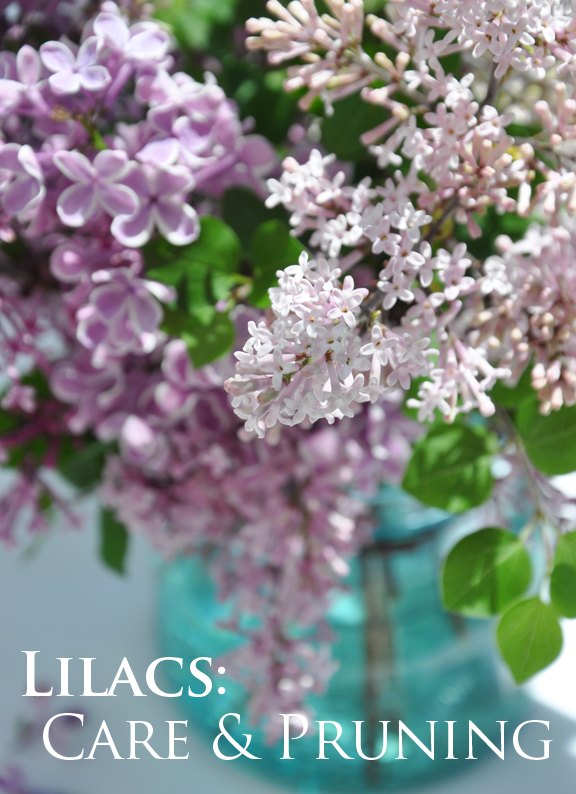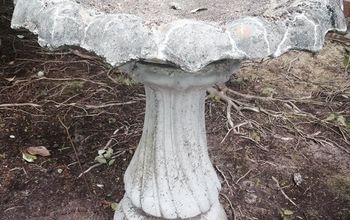Lilacs: Planting, Care & Pruning

by
Three Dogs in a Garden
(IC: blogger)
All you need to know to grow these beautiful and fragrant spring beauties.
You often see lilacs blooming in an old farm field, with not a single gardener in sight to coddle them, and it speaks volumes to the self-reliance and hardiness of these springtime favourites. They seem to thrive on benign neglect!
Over and above the common mauve lilac, modern cultivars offer double flowers and a range of colors including white, cream, rose, magenta and purple. Heights range from dwarf varieties at 5-8 feet to tall shrubs that can reach as much as 30 feet.
Interesting to note that the new Bloomerang series of lilacs (from Proven Winners) are repeat bloomers.
Planting:
Ongoing Care:
General Notes on Pruning:
Light Annual Pruning of a Common Lilac:
Pruning a Bloomerang Lilac:
Propagating lilac bush:
Pests and Diseases:
It just wouldn't be spring without the sweet scent of lilacs!
Bookmark this post with a Pin.
Enjoyed the project?

Want more details about this and other DIY projects? Check out my blog post!
Published June 4th, 2016 9:00 AM
Comments
Join the conversation
2 comments
-
-
 Linda Johnson
on Nov 27, 2020
Linda Johnson
on Nov 27, 2020
We planted a hedge of lilacs outside out master bedroom windows along the neighbor's farm fields 16 years ago when we built our house. I'm so needing to learn to prune these darlings so they'll give us longer bloom time. Plus, although I'd planted a couple different varieties, I'd hoped the hedge would be somewhat the same height. I'm wondering how long it would take to regrow that lost height if I pruned them all to the same height. 🤔 Would it depend on the actual variety they are, or other things too?
I'm glad I found your blog. 😊 It's lovely and will be a nice escape especially during our long and much too cold Minnesota winters!
-






































Frequently asked questions
Have a question about this project?